Based on the lattice Boltzmann method (LBM) and optimized for High Performance Computing (HPC), LBSolver allows engineers to accurately simulate transient aerodynamics and aeroacoustics. Excellent correlations between simulation and experiments mean that LBSolver allows shortening product development cycles and reducing costs by eliminating the need for expensive prototypes.
The time required to generate the volume mesh is substantially reduced thanks to a parallel octree mesher. The volume is then discretized following the user defined grid refinement regions.
LB-Solver features advanced, state-of-the-art turbulence-modeling techniques: DNS and LES. Large-Eddy Simulations are either based on the Shear-Improved Smagorinsky Model or on the Approximate Deconvolution Model. A pressure gradient-sensitive wall-law may also be employed. It integrates a correction for the viscous sub-layer as well.
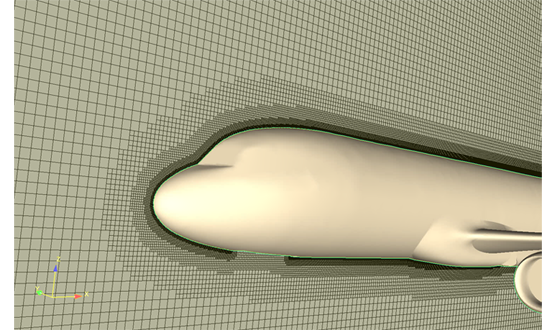
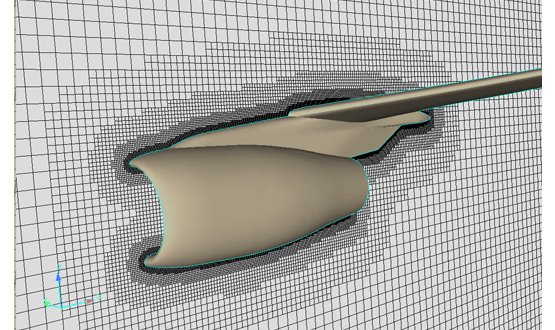
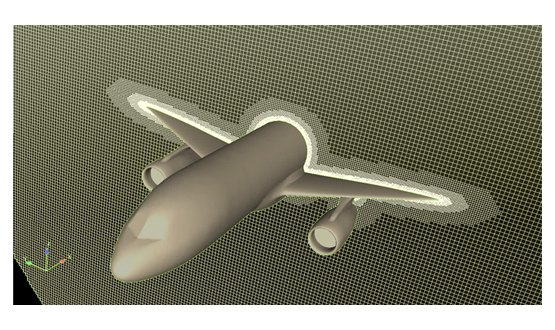
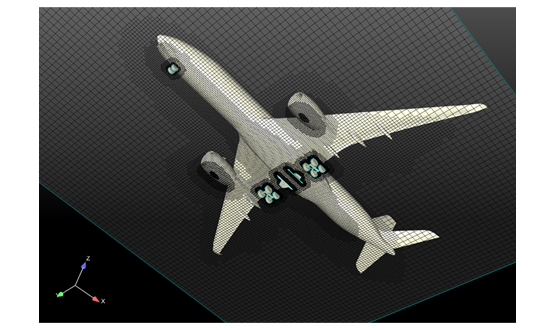
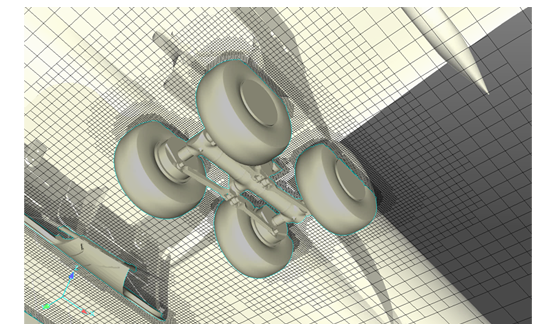
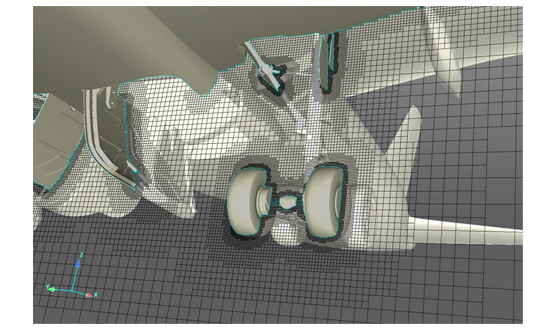
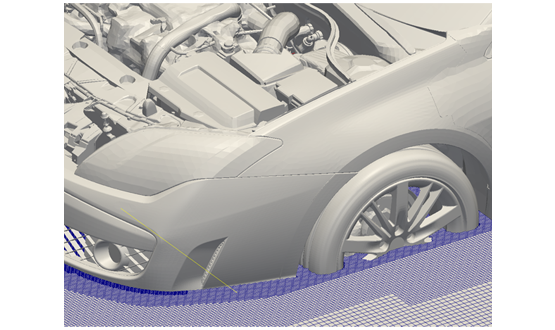
ProLB users are provided with the source code for all all the numerical models implemented. Expert users can implement their application-specific models or modify the existing ones: the wall-law, subgrid-scale model as well as the complete lattice Boltzmann numerical scheme.
Whether it is transient aerodynamics or aeroacoustics, ProLB provides best-in class results without compromising computational time. Simulation turnaround time is minimized thanks to an accurate, efficient and highly scalable lattice Boltzmann algorithm.
Boundary conditions in ProLB are handled through an innovative and proprietary Immersed Boundary Model. Thanks to this model, pre-processing is facilitated and most issues related to body-fitted meshes and element quality are eliminated.